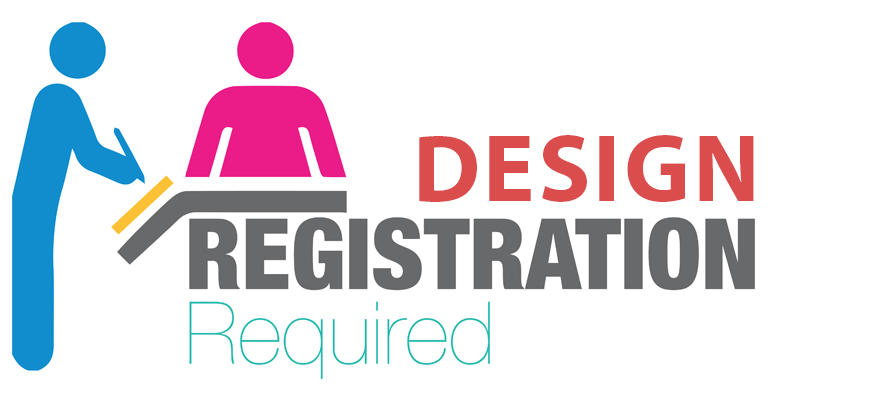
Every designer should go through the procedure of Design Registration their designs to safeguard their original works. It grants the designer sole ownership of their creations and forbids anybody else from stealing, repurposing, or selling them. Nevertheless, a lot of designers make typical errors during the registration procedure, which might result in the loss of their ownership rights to the design.
At BiatConsultant, we offer our experience to help you navigate the intricate process of registering a design, which can significantly relieve your stress. Our goal is to safeguard your designs from infringement and future-proof them. We are aware that the registration process for designs can be difficult and drawn out. By providing online registration services as well, we have made it our top focus to make the entire procedure as quick and simple as possible.
Avoid Errors When Registering Designs
Here are some things to bear in mind when registering your designs to protect your creations:
- Selecting the Proper Category
In the Design Registration process in India, picking the appropriate category is crucial. The category a designer chooses should adequately describe the design they are trying to protect. The improper category selection could result in the designer’s design being unprotected or open to infringement. The registrar might reject it, for instance, if the designer selects a category that does not correspond to their design.
- Accurate information
During the registration process, being accurate with your information is crucial. The information that a designer provides should be accurate and current. If the designer gives inaccurate or insufficient information, their design may not be registered, and they risk potential legal trouble. So, before submitting the registration application, make sure all the information is verified.
- Keeping Secret Prior Art
Any comparable artwork or designs created before the designer’s work are referred to as prior art. Any prior art that would hinder the designer’s ability to register their design should be disclosed. A designer risks having their work rejected or eventually being sued if they fail to acknowledge earlier art. Researching and disclosing any previous art is therefore crucial during the registration process.
- Early application submission
To safeguard the designer’s designs, the application must be submitted promptly. The danger of infringement may increase or the exclusive rights to the design may expire if the application is not submitted on time. Before the design is made available for purchase and as soon as it is finished, the designer should apply. A delay in applying could lead to the design entering the public domain, making its protection more difficult.
- Failure to Renew Registration
Registration of a design is a continuous procedure. To keep the design’s exclusive rights, there must be regular renewal. To keep the protection for their creations, the designer must make sure to timely renew the registration. If the registration is not renewed, the design may lose its exclusivity and become open to infringement.
Key Points to Keep in Mind for Correct Design Registration
It’s critical to complete the application form completely and have the required representation available to guarantee the quick processing of a design registration application. Many applications are originally denied because of paperwork mistakes.
A delay of 4-5 months results when agents or solicitors oppose extensions after formal objections are lodged. As a result, it’s critical to pay close attention to detail when preparing all the documentation needed for Design Applications.
The Patent Office’s Designs Wing is dedicated to registering all duly submitted Design applications. It is important to fulfill the conditions within one month of applying, albeit this does not ensure registration.
Conclusion
For your creative designs to be protected, registration is essential. To properly safeguard their designs, however, designers must avoid frequent errors throughout the registration procedure. To avoid common errors and effectively protect the designer’s designs, it’s important to select the right category, provide accurate information, disclose previous art, file the application on time, and renew the registration. By taking these actions, designers may safeguard their creations and stop others from stealing their ideas.
In conclusion, Registered Design is necessary to safeguard designers’ original works. Preventing frequent errors, though, needs considerable thought and attention to detail. Designers may effectively protect their designs and stop others from copying them by selecting the appropriate category, giving accurate information, reporting prior art, filing the application on time, and renewing the registration.
